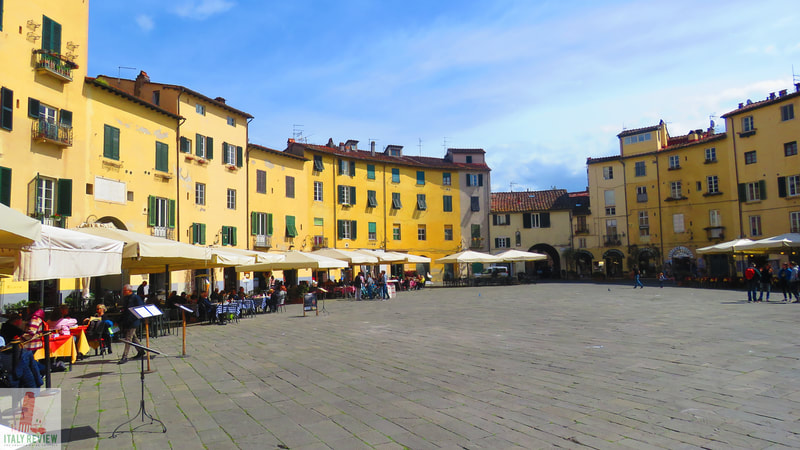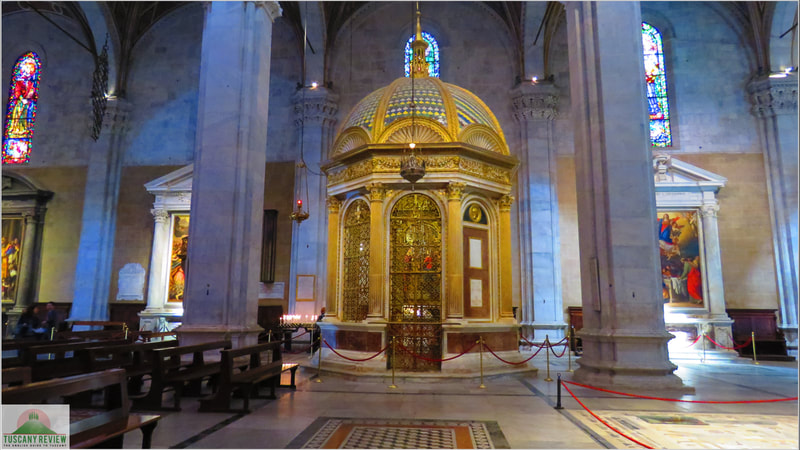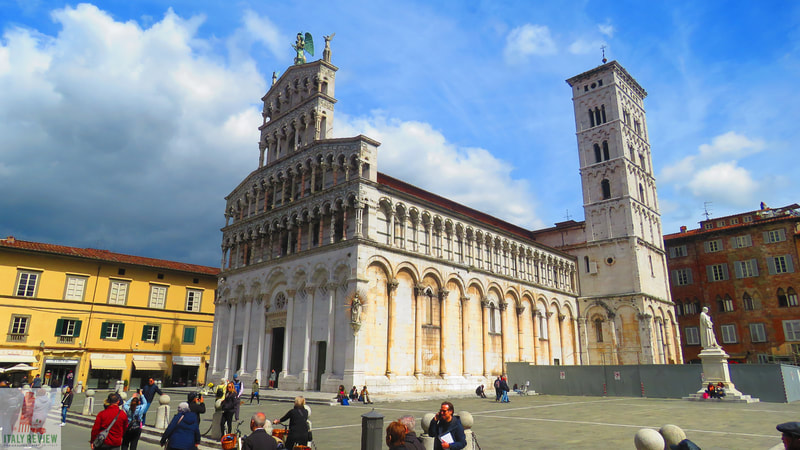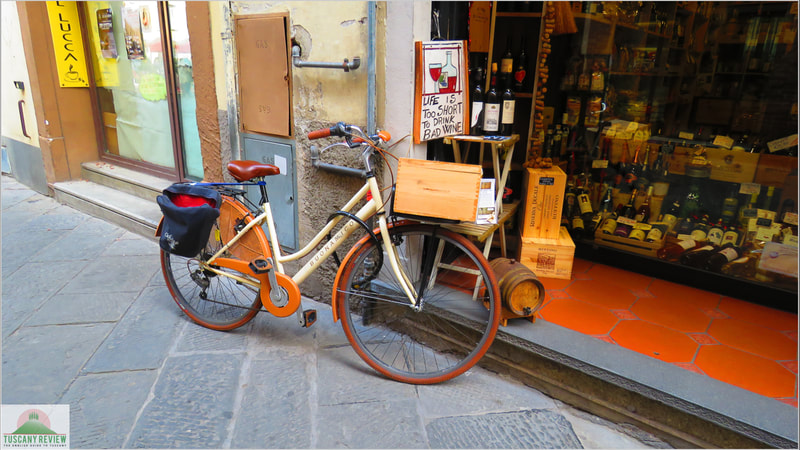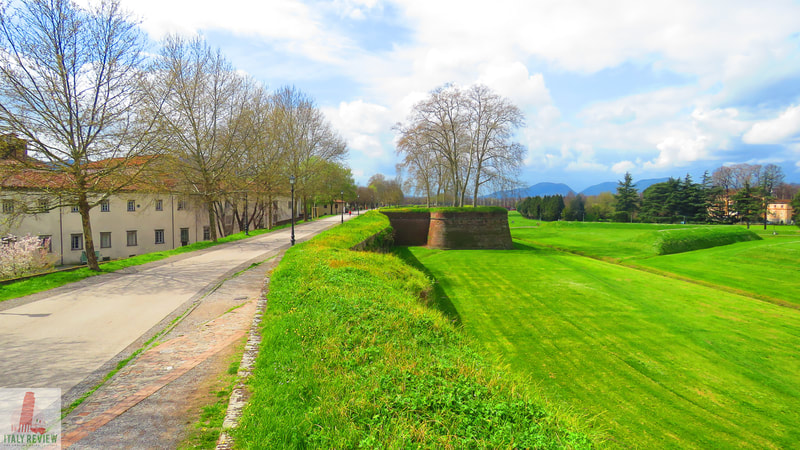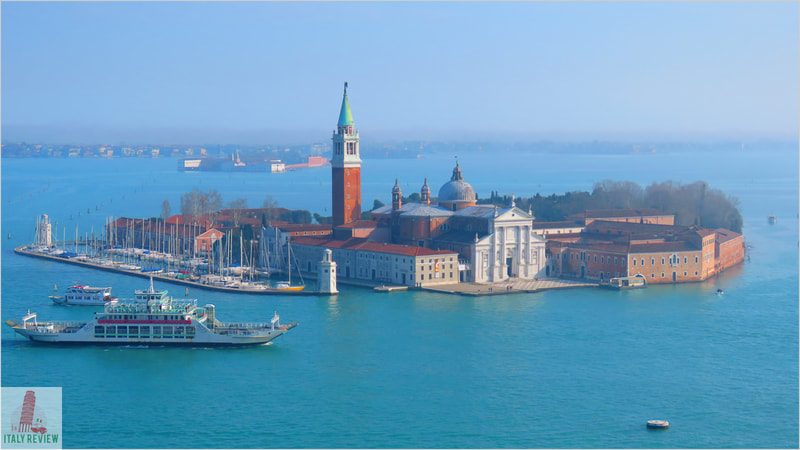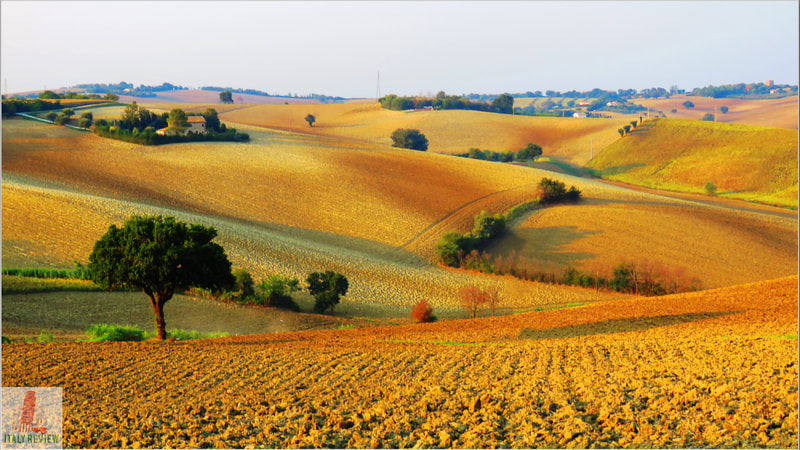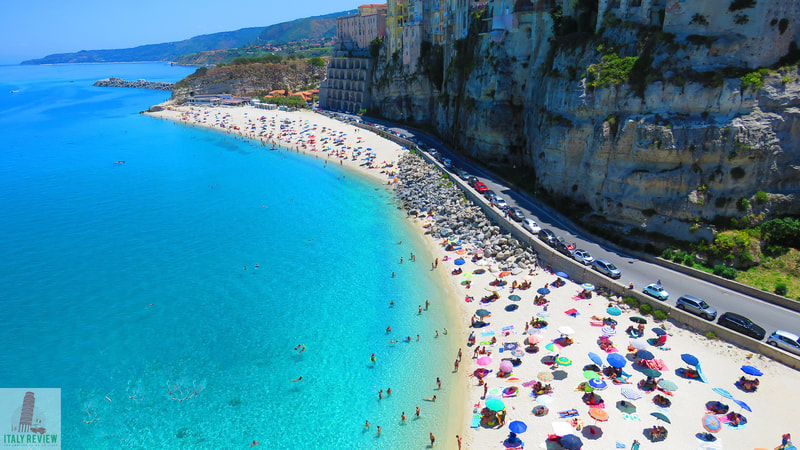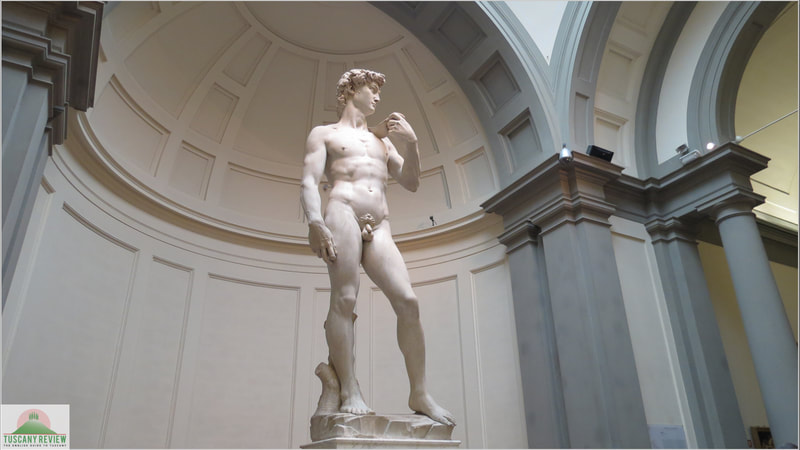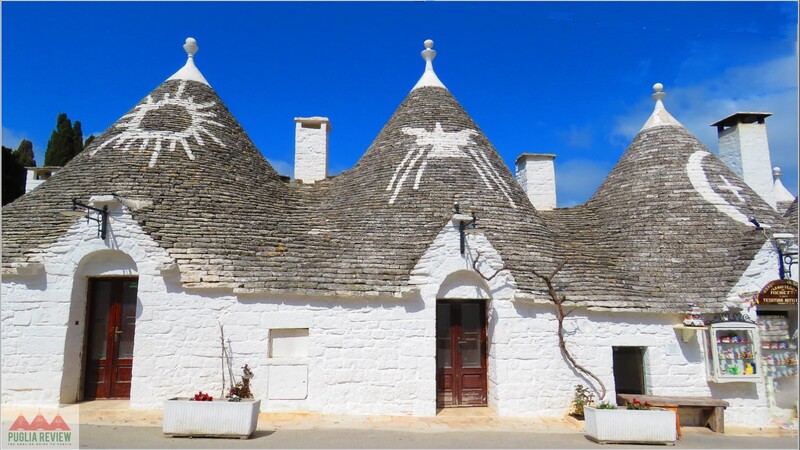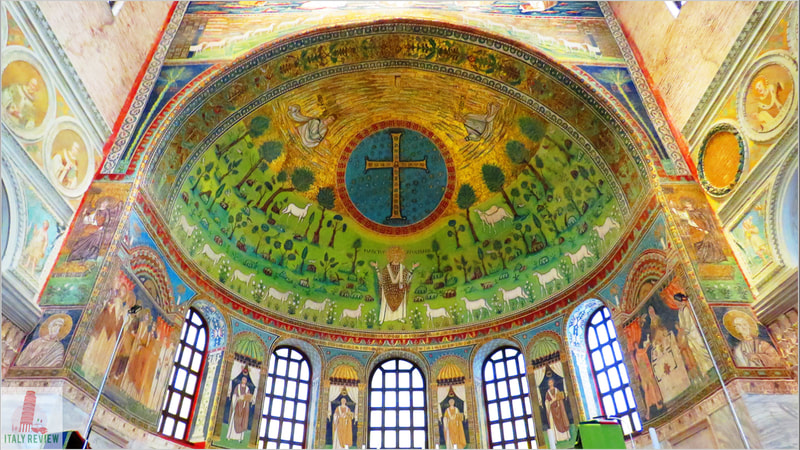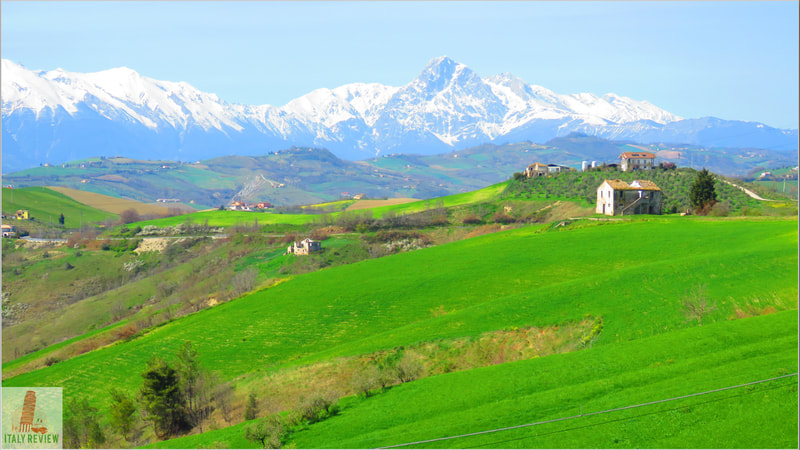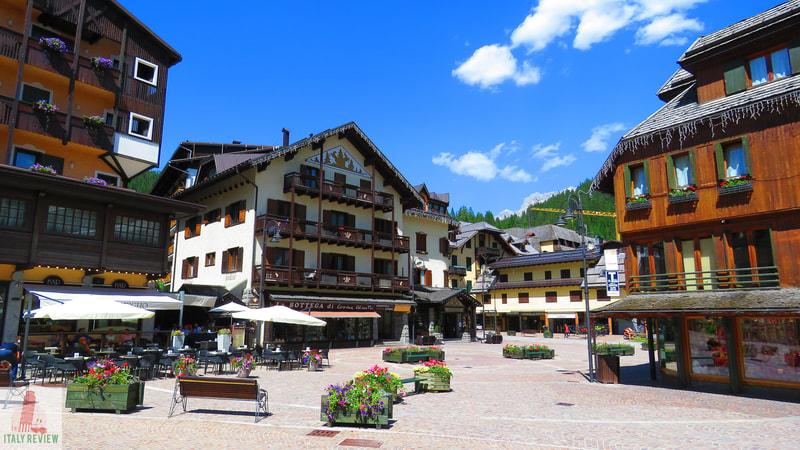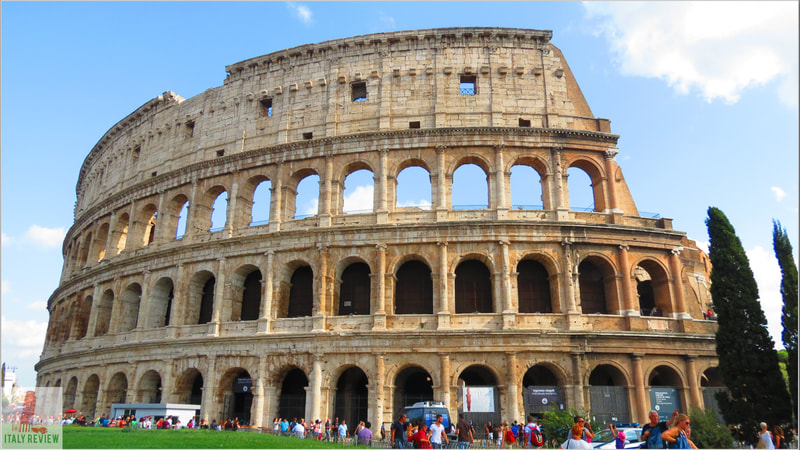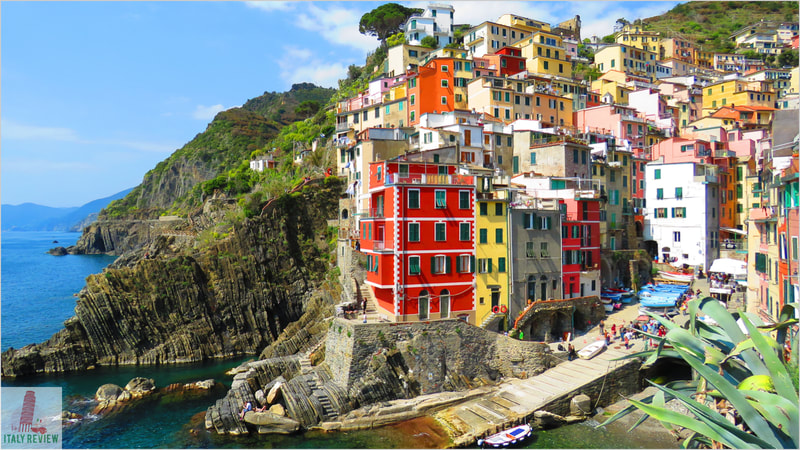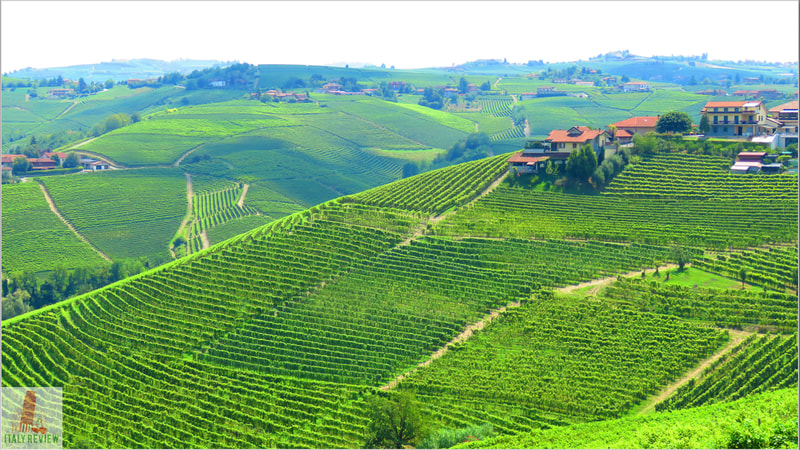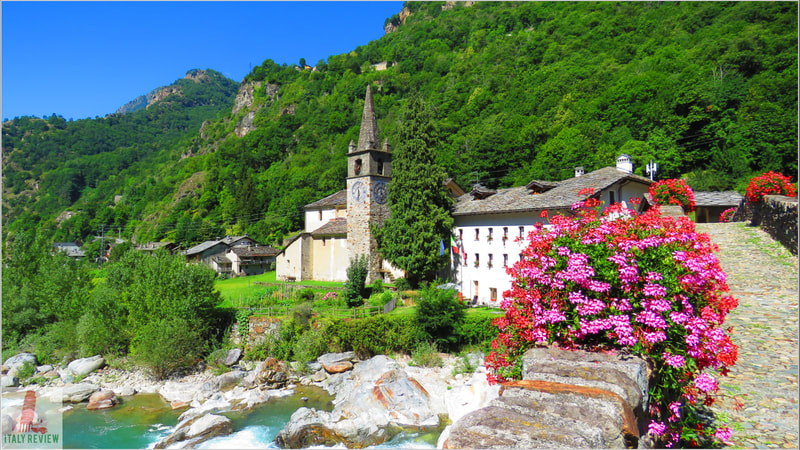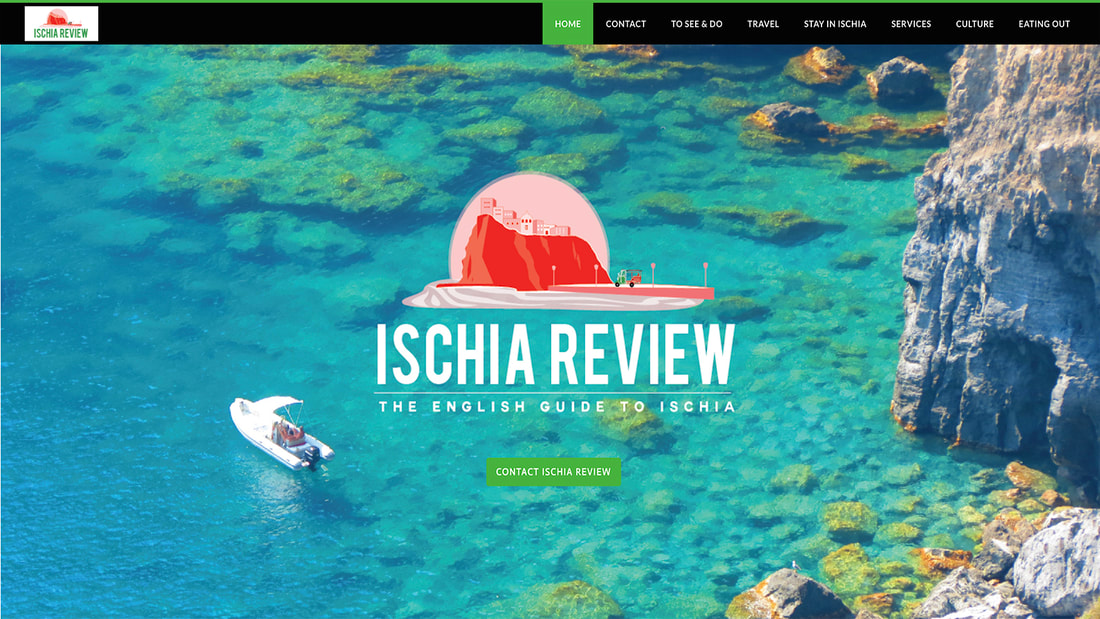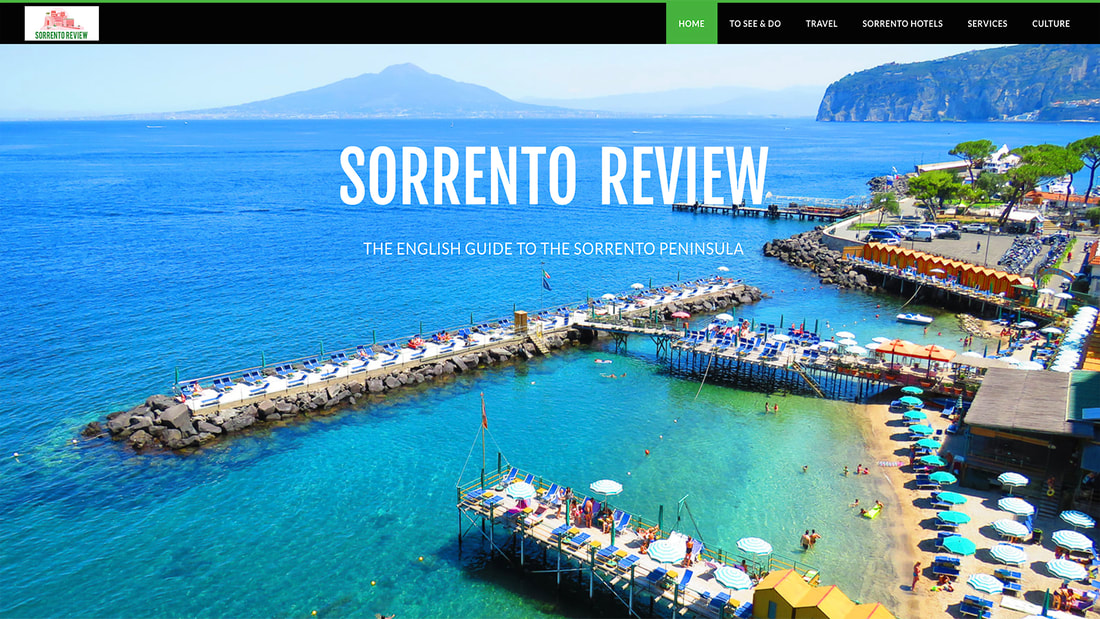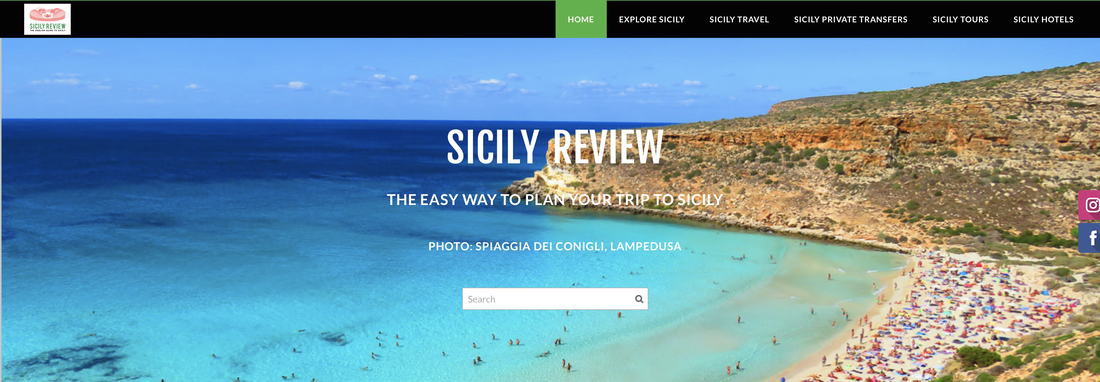Lucca
|
By Dion Protani
|
Latest update: 30 December 2023
|
|
The city of Lucca is the capital city of the Province of Lucca with a population of 88,824 inhabitants.
Standing at an elevation of 19 metres above sea level, it covers a total area of 185 km² and lies 70 kilometres west of Florence, the regional capital of Tuscany. One of the most historic cities in Italy, Lucca dates back to Etruscan times, is neatly packed inside Renaissance city walls and has an incredible piazza built on the site of a Roman amphitheatre. |
Related links
Early History of Lucca: Etruscan Origins
It was the Etruscans that first made Lucca their home before it was colonised by the all-conquering Romans in 180 BC. During the early medieval period it became the Lombard Kingdom's capital of Tuscany and later developed into the self-ruling Republic of Lucca. The city has changed hands frequently in the intervening years, all of which have left a captivating legacy of sights from different eras.
It was the Etruscans that first made Lucca their home before it was colonised by the all-conquering Romans in 180 BC. During the early medieval period it became the Lombard Kingdom's capital of Tuscany and later developed into the self-ruling Republic of Lucca. The city has changed hands frequently in the intervening years, all of which have left a captivating legacy of sights from different eras.
Lucca's Amazing Renaissance City Wall
The people of Lucca (Lucchesi) are known for their good manners and overall refinement, something that's borne out by the good order of the city's layout. Everything is very neat and tidy here; the main feature of the city's perimeter is the Renaissance period wall that's still fully intact and edged by a ditch that used to be a moat filled with water. You can enter the city by passing through one of the many city gates that are built at measured intersections in the wall before walking to the main sights in the centre, unmolested by traffic as it's mainly pedestrianised.
Most of the walls surrounding modern Italian cities are either crumbling in places or missing large sections but Lucca's walls are still an integral part of modern life in the city. The walls stretch for four kilometres right the way around the city and best of all, you can walk the whole way for free. These are not the narrow walkways that you might imagine at the top of a castle but wide, tree-lined boulevards, a mixture of pathway and lawn with various places where you can stop for a picnic. The walls are an essential part of the city to see and greatly enjoyed by locals too who enjoy their passeggiata (evening walk) or go jogging here.
The people of Lucca (Lucchesi) are known for their good manners and overall refinement, something that's borne out by the good order of the city's layout. Everything is very neat and tidy here; the main feature of the city's perimeter is the Renaissance period wall that's still fully intact and edged by a ditch that used to be a moat filled with water. You can enter the city by passing through one of the many city gates that are built at measured intersections in the wall before walking to the main sights in the centre, unmolested by traffic as it's mainly pedestrianised.
Most of the walls surrounding modern Italian cities are either crumbling in places or missing large sections but Lucca's walls are still an integral part of modern life in the city. The walls stretch for four kilometres right the way around the city and best of all, you can walk the whole way for free. These are not the narrow walkways that you might imagine at the top of a castle but wide, tree-lined boulevards, a mixture of pathway and lawn with various places where you can stop for a picnic. The walls are an essential part of the city to see and greatly enjoyed by locals too who enjoy their passeggiata (evening walk) or go jogging here.
Riding a Bike around Lucca
Cycling is also very popular in Lucca; remember there are very few cars so you'll see lots of people ringing their bells as they do their shopping or simply enjoy the city's atmosphere on two wheels. It's possible to rent bicycles with various outlets offering their services and you can even ride the bikes around the city walls.
Cycling is also very popular in Lucca; remember there are very few cars so you'll see lots of people ringing their bells as they do their shopping or simply enjoy the city's atmosphere on two wheels. It's possible to rent bicycles with various outlets offering their services and you can even ride the bikes around the city walls.
Piazza dell'Anfiteatro: one of the most extraordinary squares in Italy
Two of the main sights in Lucca are rather unusual; the Piazza dell'Anfiteatro was built on the site of a Roman amphitheatre (hence the name), and actually kept largely the same shape and dimensions of the amphitheatre once it was destroyed. So we now have an oval-shaped piazza enclosed on all sides by buildings that look down on to it.
Many of those buildings have retained original features from the amphitheatre, particularly the dozens of archways. This is the best place to soak up the atmosphere with a drink or a bite to eat at one of the bars or restaurants in the middle of the square. To my mind, this is the most beautiful square in Italy; certainly not the biggest but there's a sense of warmth here provided by the buildings all facing each other.
Two of the main sights in Lucca are rather unusual; the Piazza dell'Anfiteatro was built on the site of a Roman amphitheatre (hence the name), and actually kept largely the same shape and dimensions of the amphitheatre once it was destroyed. So we now have an oval-shaped piazza enclosed on all sides by buildings that look down on to it.
Many of those buildings have retained original features from the amphitheatre, particularly the dozens of archways. This is the best place to soak up the atmosphere with a drink or a bite to eat at one of the bars or restaurants in the middle of the square. To my mind, this is the most beautiful square in Italy; certainly not the biggest but there's a sense of warmth here provided by the buildings all facing each other.
Torre Guinigi
The second unusual sight is that of the Torre Guinigi, a medieval tower attached to the Palazzo Guinigi. There's nothing unusual about its 44 metre height which marks it way down the list of medieval towers in Italy alone, but there are very few such towers that have trees growing out of the top of them. Climb the tower and not only will you get one of the best views of Lucca, you'll also be able to enjoy the shade provided by the trees.
The second unusual sight is that of the Torre Guinigi, a medieval tower attached to the Palazzo Guinigi. There's nothing unusual about its 44 metre height which marks it way down the list of medieval towers in Italy alone, but there are very few such towers that have trees growing out of the top of them. Climb the tower and not only will you get one of the best views of Lucca, you'll also be able to enjoy the shade provided by the trees.
Pisan Romanesque Churches
Apart from its odd-shaped piazzas and physics-defying plant-life, Lucca is known for its collection of Pisan-Romanesque churches. The most important of these is Lucca Cathedral, otherwise known as the Duomo di San Martino, originally built in the 11th century.
Further inside the city walls, to the north of the Cathedral is the Chiesa di San Michele in Foro which dates back to the 8th century although most of the current structure was built 300 years later. Completing a trio of the most important churches in the city is the 12th century Basilica di San Frediano.
Apart from its odd-shaped piazzas and physics-defying plant-life, Lucca is known for its collection of Pisan-Romanesque churches. The most important of these is Lucca Cathedral, otherwise known as the Duomo di San Martino, originally built in the 11th century.
Further inside the city walls, to the north of the Cathedral is the Chiesa di San Michele in Foro which dates back to the 8th century although most of the current structure was built 300 years later. Completing a trio of the most important churches in the city is the 12th century Basilica di San Frediano.
Giacomo Puccini: former resident of Lucca
Fans of the opera and music in general gravitate towards Lucca as it was once the home of famous Italian composer Giacomo Puccini (1858 - 1924). Aside from being able to visit Puccini's birthplace in the city centre, there's also an annual music festival in his honour, Puccini e la sua Lucca (Puccini and his Lucca), which takes place at a number of venues around the city.
Fans of the opera and music in general gravitate towards Lucca as it was once the home of famous Italian composer Giacomo Puccini (1858 - 1924). Aside from being able to visit Puccini's birthplace in the city centre, there's also an annual music festival in his honour, Puccini e la sua Lucca (Puccini and his Lucca), which takes place at a number of venues around the city.
Close to Lucca
There is a wealth of places to visit close to Lucca; the first and most obvious is Pisa which is just a short drive away while the seaside resorts of the Versilia Coast are just as close and a big temptation, the main town of Pietrasanta is a personal favourite, more so than its coastal resort Marina di Pietrasanta. To the north of Lucca lies a hillside region known as the Garfagnana; here you'll find beautiful countryside and fascinating towns such as Barga, Castiglione di Garfagnana and Castelnuovo di Garfagnana to name just a few.
There is a wealth of places to visit close to Lucca; the first and most obvious is Pisa which is just a short drive away while the seaside resorts of the Versilia Coast are just as close and a big temptation, the main town of Pietrasanta is a personal favourite, more so than its coastal resort Marina di Pietrasanta. To the north of Lucca lies a hillside region known as the Garfagnana; here you'll find beautiful countryside and fascinating towns such as Barga, Castiglione di Garfagnana and Castelnuovo di Garfagnana to name just a few.
Comune di Lucca
|
Province: Lucca
Region: Tuscany Population: 89,078 (source: ISTAT 1 January 2023) Size: 185 km² Elevation: 19 metres Top sights: Piazza dell'Anfiteatro, Torre Guinigi, Lucca Cathedral Recommended accommodation: Hotel Alla Corte degli Angeli Close by: Viareggio, Pisa, Barga, Livorno, Castiglione di Garfagnana |
Lucca tRAVEL
As with everything else in Lucca, the train station is neatly-positioned, to the south of the city just outside the walls. From there to Piazza San Michele in the city centre is a very pleasant walk of ten minutes or so (1 km).
Trains run east from Lucca to Florence (Santa Maria Novella) with a journey time of an hour and 19 minutes, stopping along the way at Pistoia (41 minutes), among other stations. Heading in the opposite direction, it's just a short hop to the seaside town of Viareggio which takes 23 minutes and you can also head south to Pisa in 29 minutes.
The most convenient airport for Lucca is Pisa Airport which is just a half an hour drive away (36 km), while the best alternative is Florence Airport which is 55 minutes by car (80 km).
Trains run east from Lucca to Florence (Santa Maria Novella) with a journey time of an hour and 19 minutes, stopping along the way at Pistoia (41 minutes), among other stations. Heading in the opposite direction, it's just a short hop to the seaside town of Viareggio which takes 23 minutes and you can also head south to Pisa in 29 minutes.
The most convenient airport for Lucca is Pisa Airport which is just a half an hour drive away (36 km), while the best alternative is Florence Airport which is 55 minutes by car (80 km).
|
Public transport: Central train station, local buses
By car: Pisa - 27 mins (19 km), Pistoia - 36 mins (45 km) |
Fly to: Pisa Airport - 30 minutes by car (36 km)
By train: Viareggio - 23 mins, Pisa - 29 mins, Pistoia - 41 mins |

